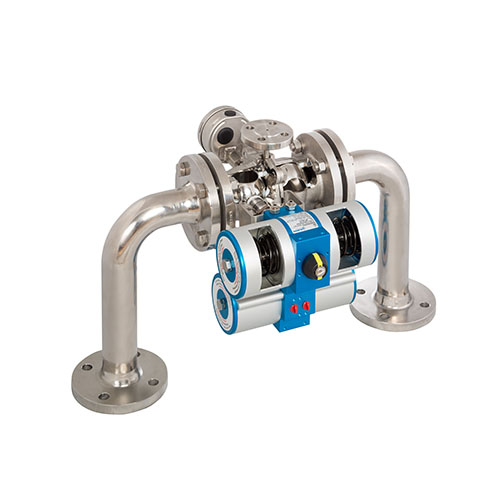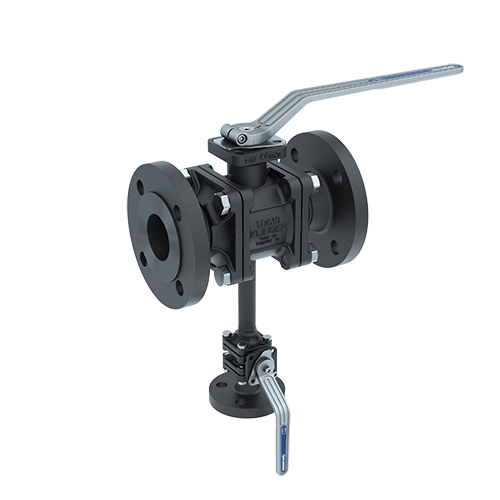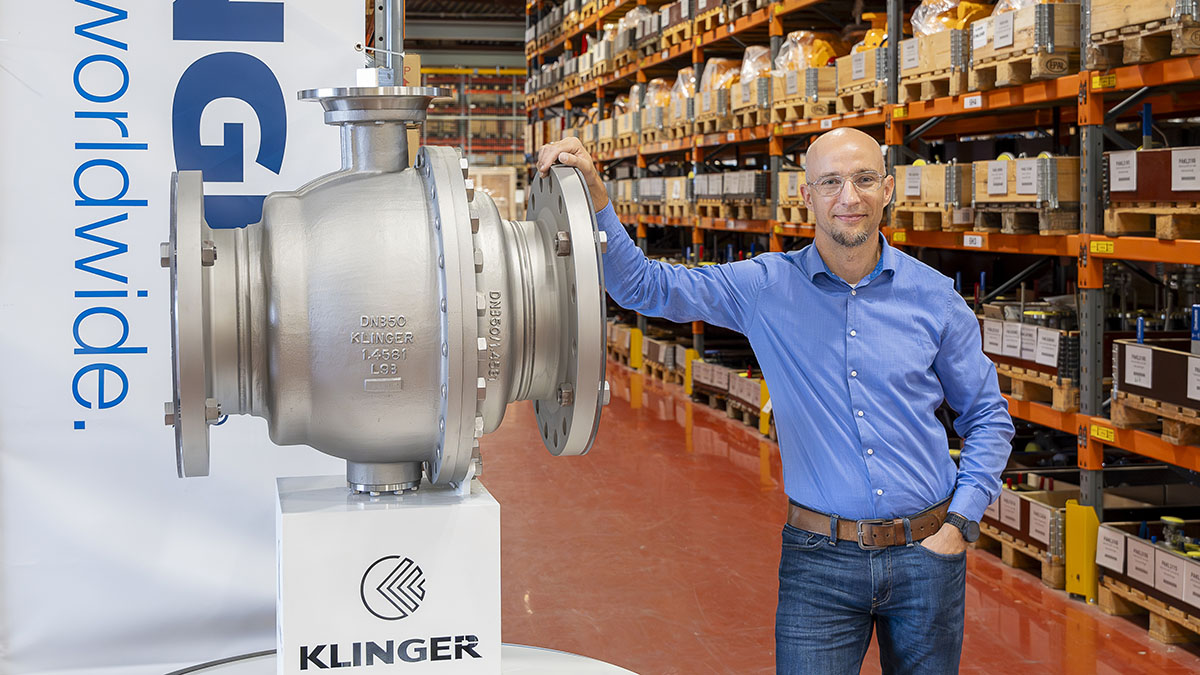Standards and legislation related to hydrogen are still in development, and most hydrogen projects are still in the planning phase. Process industry supplier KLINGER Finland now urges a focus on safe and tested sealing and valve solutions.
KLINGER Finland is a solution provider for the process industry, specializing in sealing and valves. The product range also includes marking devices, monitoring systems, and automation sensors and motors. KLINGER Finland Oy is part of the international KLINGER Group.
In terms of hydrogen-related solutions, the company strives to be a pioneer and is one of the first companies with experience in sealing a Power-to-X hydrogen plant. Additionally, its products are used in a high-pressure hydrogen line in another project.
Sales Director Axel Barman sees that the rapidly developing hydrogen market is still in a state of transition, especially regarding standards.
– There are hydrogen projects in the works, but the standardization and legislation of the solutions to be used are still incomplete. The market also lacks strong expertise in handling hydrogen at this scale.
Comparing Seals and Valves is Critical
According to Barman, the tightness levels of seals have not previously been compared in detail, but this is extremely important when dealing with hydrogen. Small-molecule hydrogen is difficult to seal and can pose a safety risk at worst.
– And even when there is no risk of dangerous situations, hydrogen leaks cost money. The difference in emissions can be thousands of cubic meters annually.
Seals can be tested with helium, which has properties similar to hydrogen. Helium tests can therefore provide good insights into how a seal will perform with hydrogen. When selecting seals, the EN13555 leakage values available from the non-profit organization gasketdata.org can be used for comparison.
Read more about comparing seal leakage rates and high-quality sealing solutions for hydrogen in our previous article: Hydrogen Projects Are Advancing – Attention Must Be Paid to the Product Solutions Being Used.
In terms of valves, the solutions used must also meet hydrogen-specific requirements. It is important for customers to always demand ISO15848-1 & ISO15848-2 compliant fugitive emissions testing when selecting valves. These standards represent both prototype and production testing.
– Even now, hydrogen-handling facilities always use frames inspected by dye penetration, X-ray, or ultrasound. Now that manufacturers, contractors, and plant builders are trying to find the best standard products, fugitive emissions testing is simply the smartest procedure in addition to non-destructive structural testing, says Sales Manager Jukka von Hertzen.
Both Barman and von Hertzen emphasize that the most important thing now is for customers to learn to compare products specifically with the unique properties of hydrogen in mind.
– From a safety perspective in particular, the importance of this cannot be overstated, concludes Barman.


This article was originally published in the Energy Solutions expert publication, produced by GSD Nordic Oy, and appeared as a campaign supplement to the Tekniikka&Talous magazine on October 18, 2024. The campaign will also be distributed physically at the Energy Trade Fair event on October 22–24, 2024.
Come and explore KLINGER Finland’s solutions at the Energy Trade Fair 2024 at booth A522. You can also learn more about KLINGER Finland’s subsidiary ECONOSTO Oy, a specialist in valves and regulators, at the same booth.
